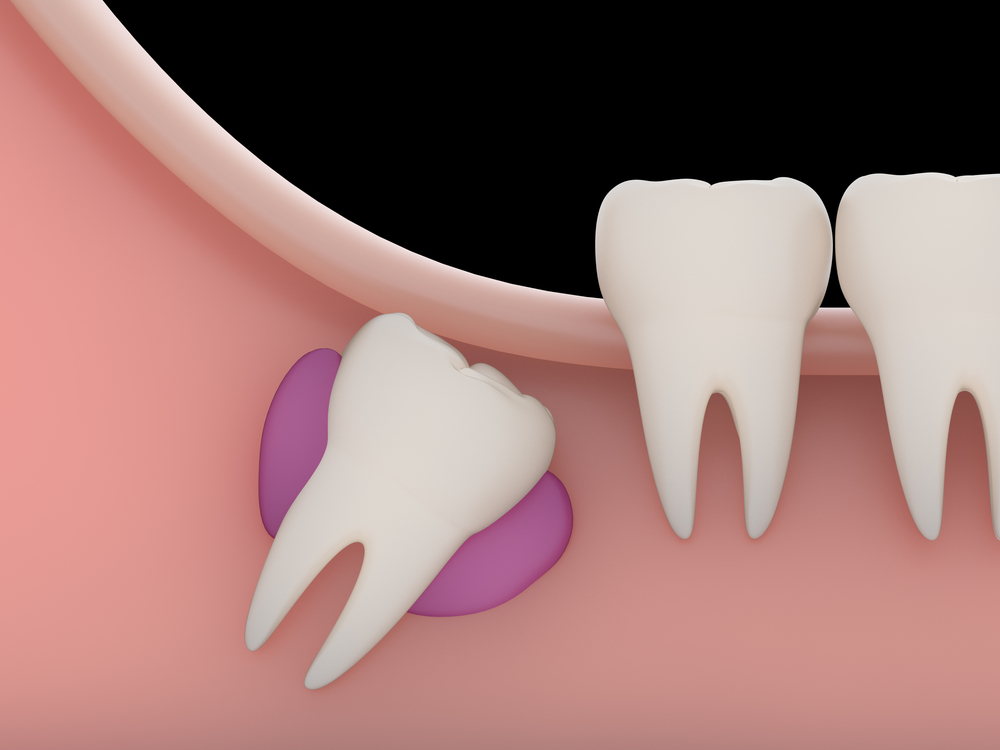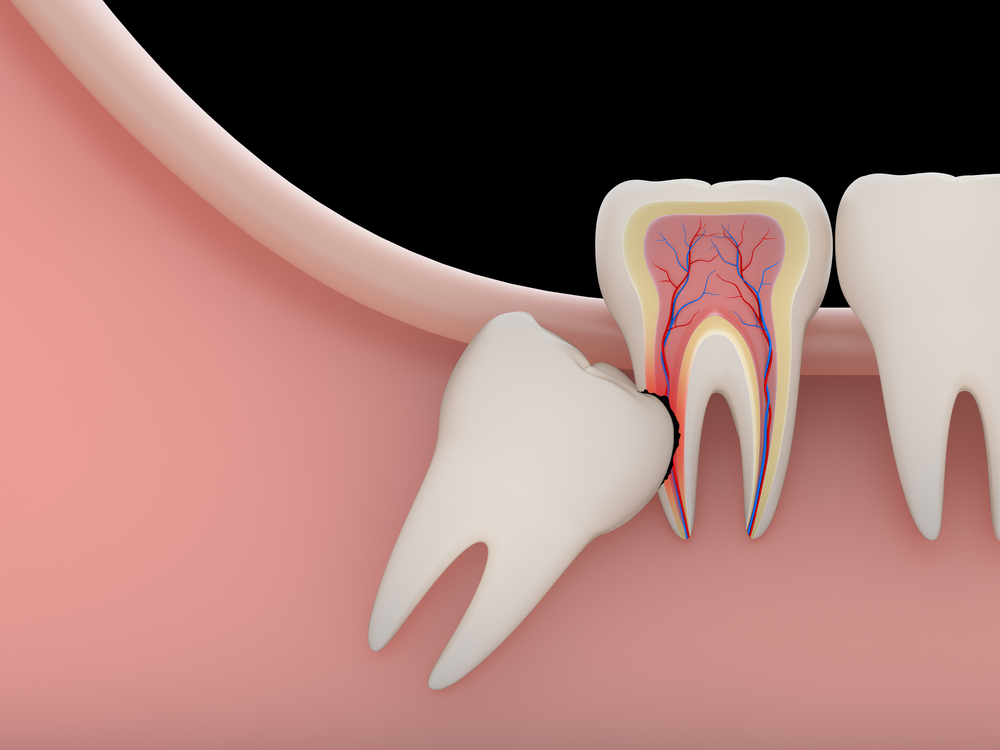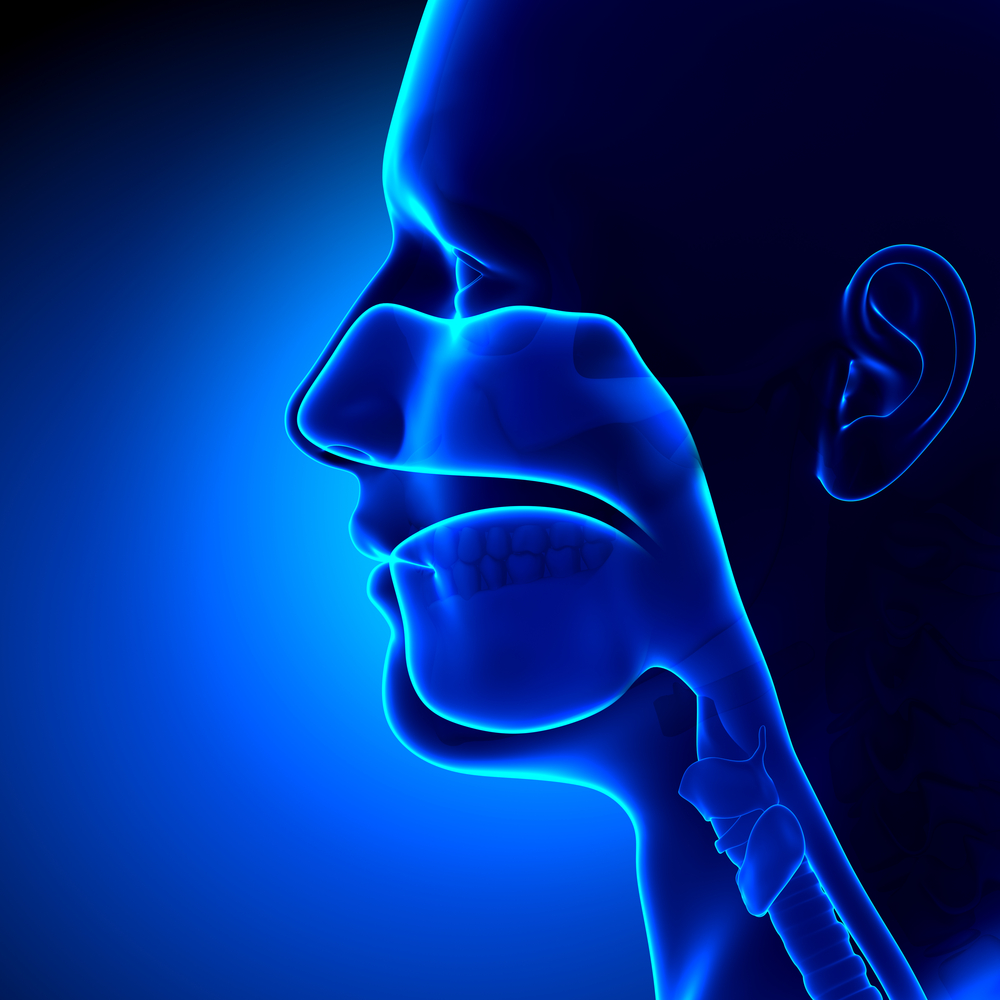Oral Surgery
Tooth Extraction
Following the principles of modern Dentistry, our first goal is to always do everything possible to preserve your natural teeth. Unfortunately, sometimes we cannot avoid extraction. In some
cases of extensive caries, periodontitis, or when a tooth does not respond to endodontic therapy, the best option is extraction. Tooth extraction may also be required in a process of orthodontic treatment when addressing crowded teeth.




